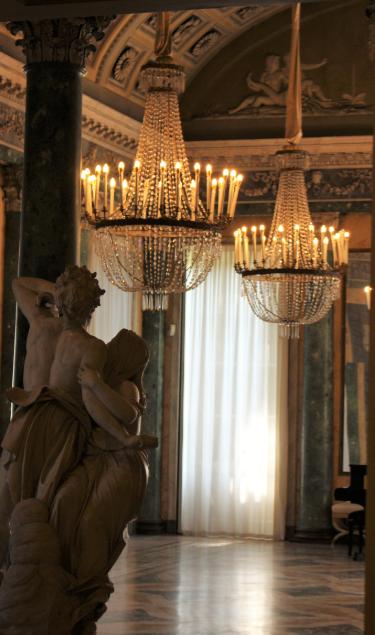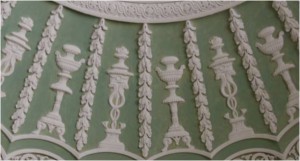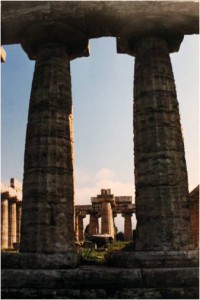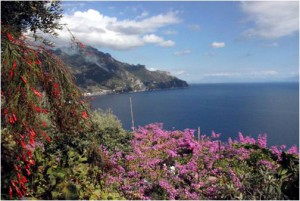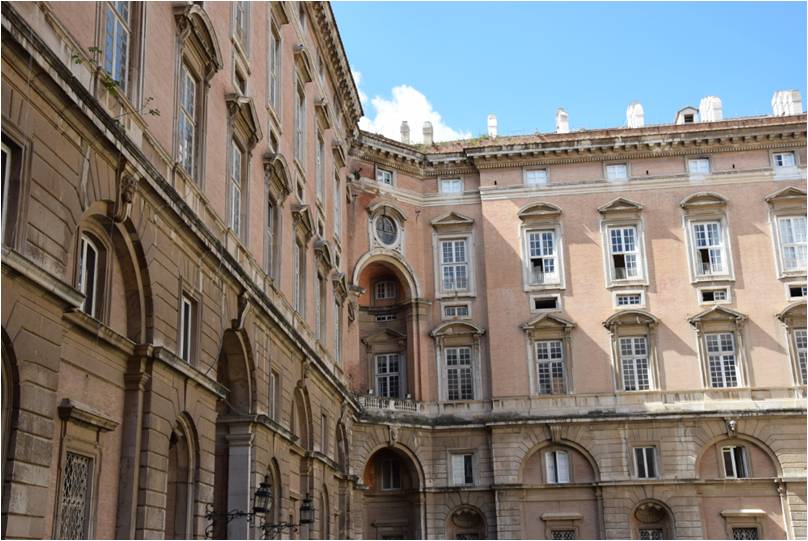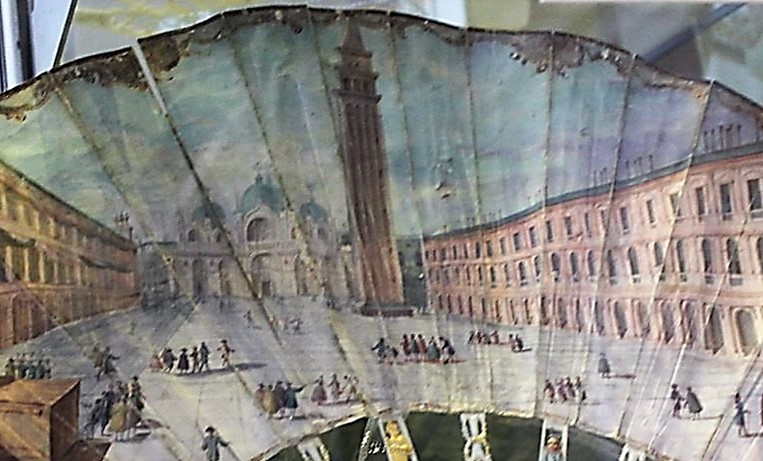
In the 18th century, Venice was among the top destinations of the Grand Tour. The city was experiencing a period of peace, and economy and arts flourished. This attracted rich British tourists. They indulged their sense of luxury, spent their days at leisure at Caffè Florian or Caffé Lavena, and enjoyed the opera, gambling, dancing, fireworks and spectacles. Buying art was also high on the list of things to do, and paintings with views of the City by sought-after artists such as Antonio Canal (Canaletto) made an excellent souvenir. Of course, pretty trifles were taken back to Britain as well. These could, e.g., be hand-held fans. Let’s have a closer look at one of these beautiful items.
Continue reading
